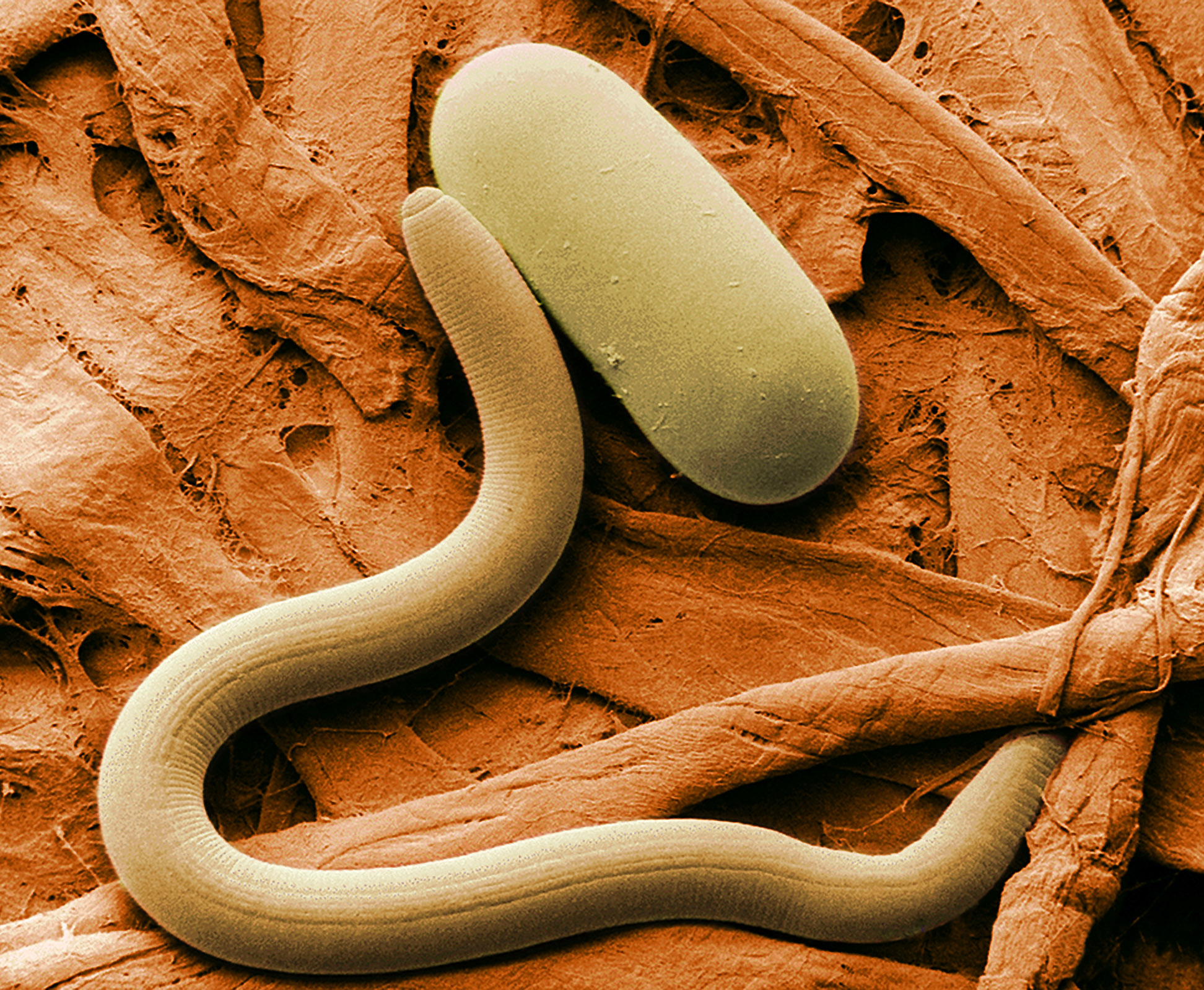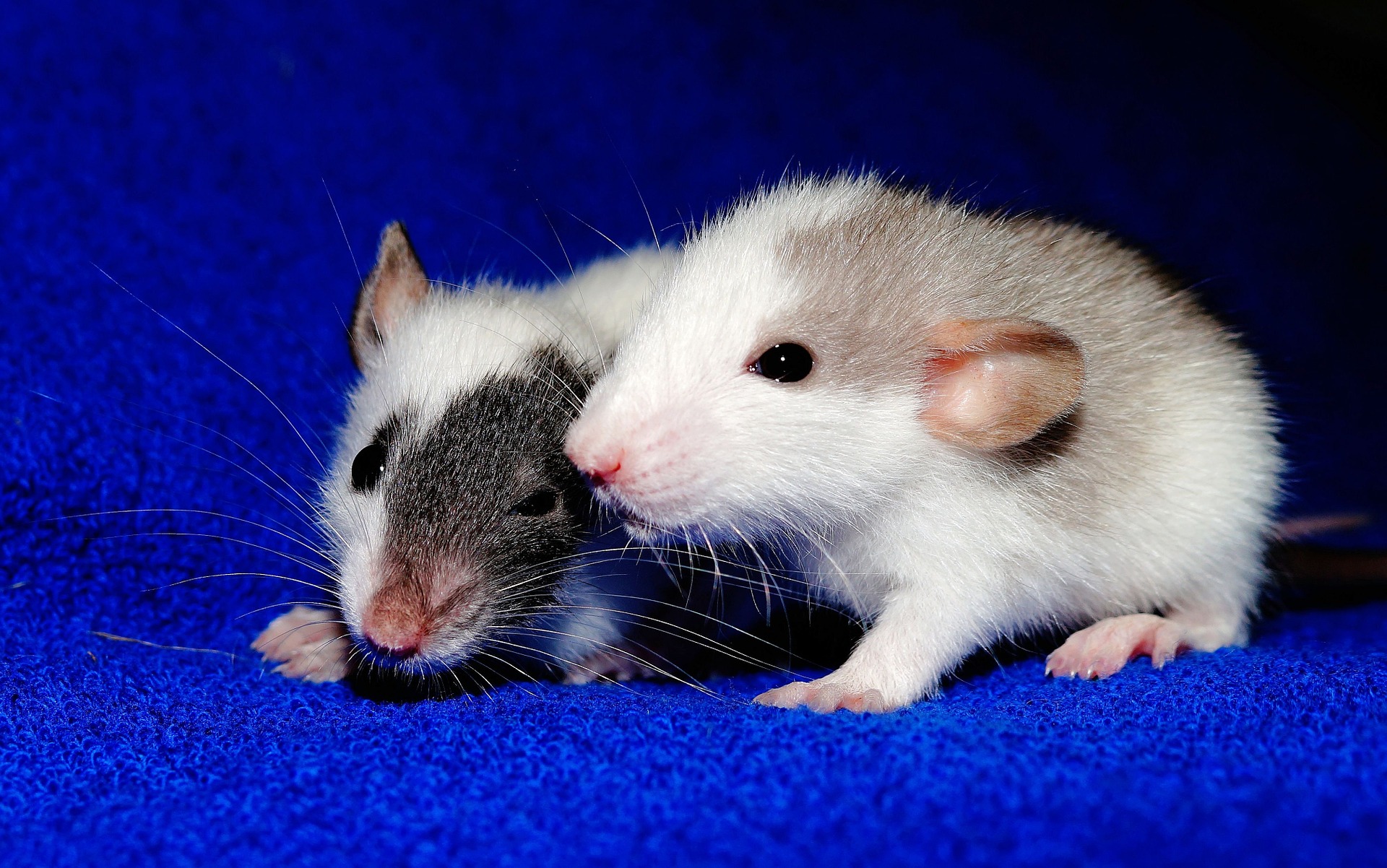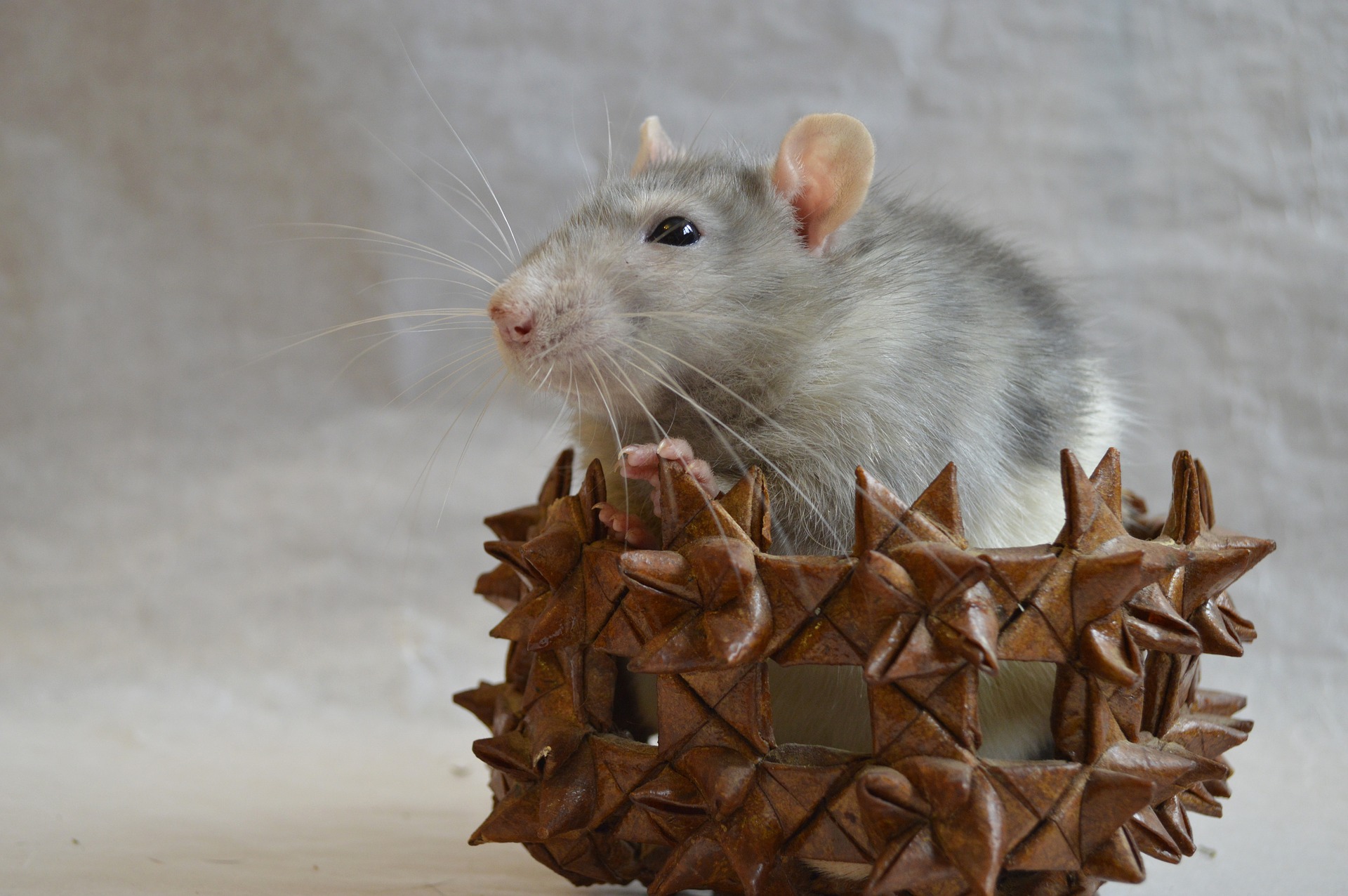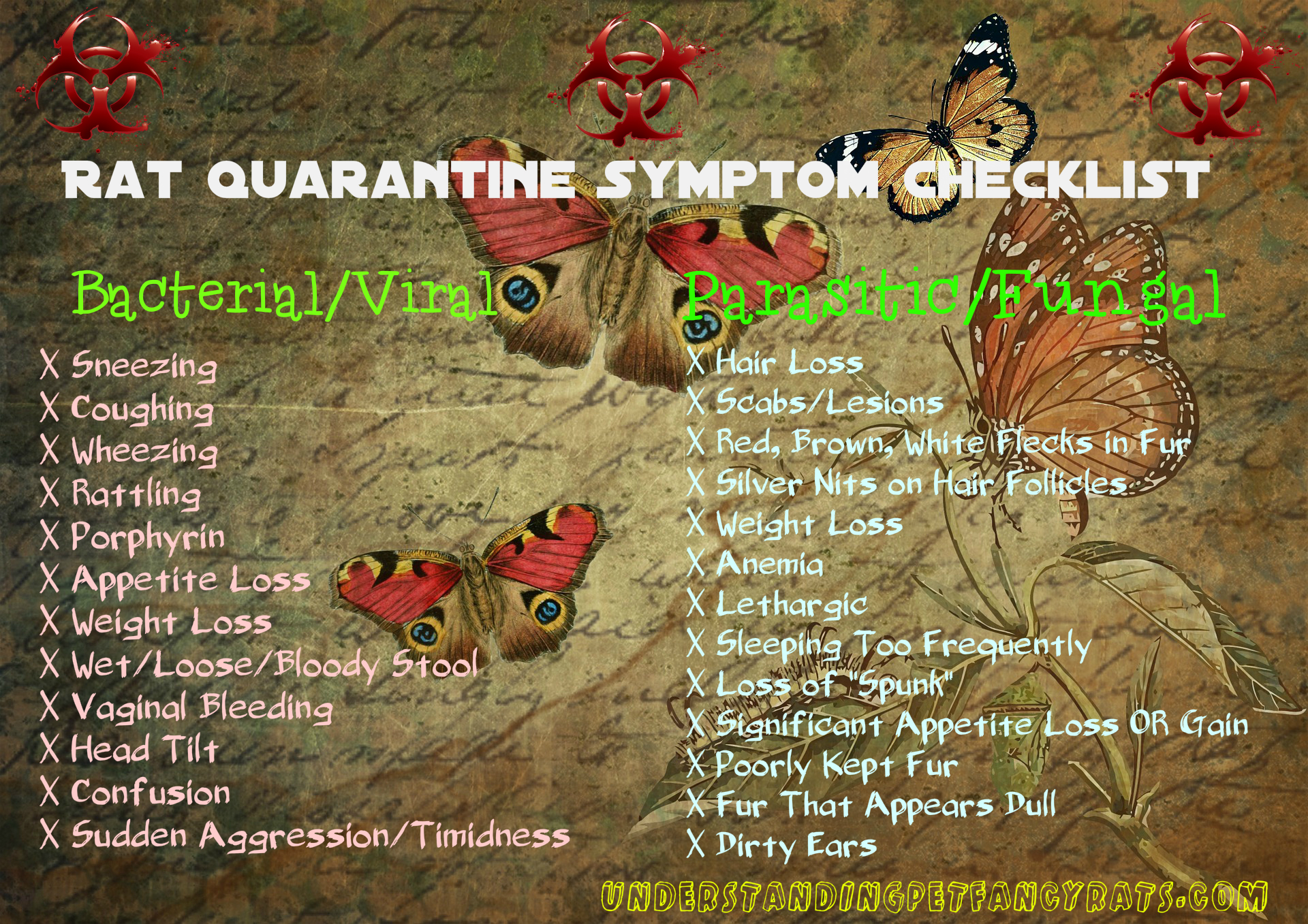How and Why: Quarantining New Rats for Health and Safety
How and Why: Quarantining New Rats for Health and Safety
 When you adopt new rats, it is important to ALWAYS quarantine them for a minimum of three weeks before they are introduced to your current pets. Even if a rat looks healthy, it could carry a potentially deadly illness, parasite, or infection. In addition, the rat will need to be fully vetted. This will determine if the rat carries any illnesses that it may have developed an immunity to, which could potentially infect your current pets. This article will tell you everything you need to know including:
When you adopt new rats, it is important to ALWAYS quarantine them for a minimum of three weeks before they are introduced to your current pets. Even if a rat looks healthy, it could carry a potentially deadly illness, parasite, or infection. In addition, the rat will need to be fully vetted. This will determine if the rat carries any illnesses that it may have developed an immunity to, which could potentially infect your current pets. This article will tell you everything you need to know including:
- Why Do New Pet Rats Need to Be Quarantined?
- How to Properly Quarantine Rats
- What Is the Best Cage for Quarantining Rats?
- How Far Apart Should I Keep New Rats and Current Pets?
- What Symptoms Should I Look for During Quarantine?
- What Should I do If a Rat Is Sick During Quarantine?
Why Do New Pet Rats Need to Be Quarantined?
 When a new rat is added into a household, it is very possible that he or she may carry an infectious disease that may be passed on to rats who currently live in the home. To prevent the spread of disease or illness, you quarantine the new animals. In addition, everyone should visit the veterinarian for a wellness check up as well. Animals must be quarantined for a full (21) days, or up to (30) if preferred. This time period allows potential symptoms to be observed before pathogens or parasites are transferred between rats. Since older and younger rats are more susceptible to illness and parasitic infections, longer quarantine times are recommended if young, elderly, injured, or recovering ratties are in the home.
When a new rat is added into a household, it is very possible that he or she may carry an infectious disease that may be passed on to rats who currently live in the home. To prevent the spread of disease or illness, you quarantine the new animals. In addition, everyone should visit the veterinarian for a wellness check up as well. Animals must be quarantined for a full (21) days, or up to (30) if preferred. This time period allows potential symptoms to be observed before pathogens or parasites are transferred between rats. Since older and younger rats are more susceptible to illness and parasitic infections, longer quarantine times are recommended if young, elderly, injured, or recovering ratties are in the home.
How to Properly Quarantine Rats
Proper quarantine procedures for pet rats to reduce contagions and parasites include:
- Housing the rat in a different building (usually not possible in pet homes, so the furthest room is best).
- Comfortably sized cage for quarantine period with deep bedding tray to contain dirt and potential pathogens/parasites.
- Vetting during quarantine.
- Strictly following any and all sanitary guidelines.
- Visually inspecting each rat closely for symptoms during quarantine.
- NEVER allowing animals to spend time in the same room during quarantine.To properly quarantine, the new rat should be far away from your current rats and other pets, such as opposite corners of the home. When handling the rats, ensure that you change clothes and wash your hands and arms before handling the quarantined rats (and vice versa). Many pathogens and parasites can actually hitchhike to new hosts via the rats' owner! You should never allow the animals to spend time together in the same room during quarantine, as this will defeat the entire purpose of this process.
During the quarantine stage, take the rats to the veterinarian in two separate trips. This assists you in finding out if either rat has a hidden illness that you might not see any symptoms of. If one of the rats are positive for infections, viral pathogens, or parasites, administer treatment and extend the quarantine period for another 21 days. Each day, you will observe the rats for symptoms that indicate illness. Should symptoms appear, please return to the veterinarian for advice and treatment.
What Is the Best Cage for Quarantining Rats?
 Quarantine cages are only used temporarily, meaning they do not have to be large. They simply must provide the temporary ratty resident with adequate space to explore and exercise, space to hide, plenty of air flow, and a deep bedding tray. Restricted air flow can result in dusty or humid conditions, causing rats to become ill. THIS is why you should never use aquariums as rat cages. The deep bedding tray helps to contain potentially contaminated matter, such as rat waste, nibbled food, bedding, fur, and dander. Shallow trays allow more to be kicked out by the quarantined rat, making it easy for the dirt to track across the house. Also, you should only use approved beddings for rats, as some will cause respiratory distress (like wood bedding). By offering the best living conditions, you encourage good health and immunity boosting happiness for the new rat; lowering the risk of stress induced illness.
Quarantine cages are only used temporarily, meaning they do not have to be large. They simply must provide the temporary ratty resident with adequate space to explore and exercise, space to hide, plenty of air flow, and a deep bedding tray. Restricted air flow can result in dusty or humid conditions, causing rats to become ill. THIS is why you should never use aquariums as rat cages. The deep bedding tray helps to contain potentially contaminated matter, such as rat waste, nibbled food, bedding, fur, and dander. Shallow trays allow more to be kicked out by the quarantined rat, making it easy for the dirt to track across the house. Also, you should only use approved beddings for rats, as some will cause respiratory distress (like wood bedding). By offering the best living conditions, you encourage good health and immunity boosting happiness for the new rat; lowering the risk of stress induced illness.How Far Apart Should I Keep New Rats and Current Pets?
 It is recommended to keep rats in separate buildings with different ventilation systems. However, this isn't possible in the average pet home. Therefore, we encourage you to keep the animals in opposite corners of the home. The further the animals are from one another, the better! The new, quarantined pets should be entirely isolated; they should not be allowed in the same room with existing pets of any other species either. Do not keep rats near the ventilation intake, as the air ducts of the home could become an easy way to spread potential pathogens.
It is recommended to keep rats in separate buildings with different ventilation systems. However, this isn't possible in the average pet home. Therefore, we encourage you to keep the animals in opposite corners of the home. The further the animals are from one another, the better! The new, quarantined pets should be entirely isolated; they should not be allowed in the same room with existing pets of any other species either. Do not keep rats near the ventilation intake, as the air ducts of the home could become an easy way to spread potential pathogens.What Symptoms Should I Look for During Quarantine?
During the three week period of separation, you will want to watch for a variety of symptoms that might indicate a rat has a particular illness, infection, or parasite. The following symptoms will indicate illness:

Sneezing, wheezing, rattling, excessive porphyrin, weight loss or gain, head tilt/confusion (signs of ear infections), nits and parasites within the fur, hair loss, and lethargy are all common within rats along with many other symptoms. Any of them will warrant a visit to the vet though!
What Should I do If a Rat Is Sick During Quarantine?
 If one of the rats becomes sick during the quarantine procedure, the rat and any others that are living in the same cage or room should be taken to the veterinarian. The animals should be medicated, and will need a lengthened quarantine time. Add an additional 21 days for a successful quarantine from the date of the vet visit. Ensure that the cage and everything within it is thoroughly sanitized. In the case of parasites such as mites or lice, dispose of all unused bedding (in case it is the source of infestation) and wash all fabric items in hot, soapy water.
If one of the rats becomes sick during the quarantine procedure, the rat and any others that are living in the same cage or room should be taken to the veterinarian. The animals should be medicated, and will need a lengthened quarantine time. Add an additional 21 days for a successful quarantine from the date of the vet visit. Ensure that the cage and everything within it is thoroughly sanitized. In the case of parasites such as mites or lice, dispose of all unused bedding (in case it is the source of infestation) and wash all fabric items in hot, soapy water.